#cambridge university library
Text

From the Islamic Collections at the Cambridge University Library
20 notes
·
View notes
Text
The project team will prepare detailed descriptions of the manuscripts' textual contents, material characteristics, and origins and provenance, and place the recipes in their material, intellectual and historical contexts. They will also produce full-text transcriptions of the approximately 8,000 medical recipes that these manuscripts contain.
Many of these recipes have never been transcribed or published.
History Extra Podcast interviews principal investigator James Freeman.
#medical history#medieval history#medieval medicine#medieval manuscripts#Curious Cures#Curious Cures in Cambridge Libraries#Cambridge University#Cambridge University Library#history of science#history#podcast#History Extra Podcast#James Freeman
8 notes
·
View notes
Text
Free Raymond Briggs Retrospective and “Spitting Image” exhibitions lined up for Cambridge University Library
Raymond Briggs Retrospective and “Spitting Image” exhibitions lined up for Cambridge University Library this year
From the wonderlands of the late Raymond Briggs‘ imagination to the rubber puppets of Spitting Image holding politicians to account, Cambridge University Library is highlighting two beloved and subversive icons of UK culture during its 2023 exhibition and events season.
Art from The Elephant and the Bad Baby © Raymond Briggs
Opening first is Raymond Briggs: A Retrospective, a free exhibition…

View On WordPress
#Cambridge University Library#downthetubes News#Exhibition#Humour Comics#Peter Fluck#Raymond Briggs#Roger Law#Spitting Image
2 notes
·
View notes
Text
A 14th century manuscript of Herodotus’ Histories, probably made in the Byzantine city of Mystras

Herodotus (MS Nn.2.34)
This fourteenth-century manuscript is entirely dedicated to the Histories of Herodotus, considered the founding work of history in Western literature. The manuscript is acephalous due to the loss of two quires, and bears the divisions into nine books, conventionally named after the nine Muses. It was borrowed by Richard Porson (1759-1808), who numbered the books and chapters in the upper margin of recto folios or in the text (cf. Cambridge University Archives, Grace Book Lambda, p. 413).
The manuscript has been cited as K since the Gaisford edition (1824), and previously as Askewianus, because it was part of Anthony Askew's collection.
According to Rosén (Teubner edition, 1987), Nn.2.34 is closely related to Florence, Biblioteca Medicea Laurenziana, Laur. Plut. 70.3 (siglum A in Herodotus' editions).
Dr Matteo Di Franco
Information about this document
Physical Location: Cambridge University Library
Classmark: MS Nn.2.34
Alternative Identifier(s): Diktyon 12237
Subject(s): Herodotus
Origin Place: Mystras
Date of Creation: late 14th century
Language(s): Greek
Former Owner(s): Askew, Anthony, 1722-1774
Associated Name(s): Richard Porson (1759-1808)
Extent: Codex iii + 212 + i Leaf height: 290 mm, width: 215 mm.
Collation:Quires 1-268 ff. 2r-209v
Material: Western paper, folded in quarto. Watermarks: Circles ( Watermark height: 110 mm, width: 43 mm. ) in the middle of the folio comparable to Briquet, 3205; Bell with cross ( Watermark height: 60 mm, width: 20 mm. ) in the middle of the folio comparable to Briquet, 4007; Star ( Watermark height: 45 mm, width: 45 mm. ) in the middle of the folio comparable to Briquet, 6013; Cutlass ( Watermark height: 92 mm, width: 45 mm. ) in the middle of the folio comparable to Briquet, 5150; Horseshoe ( Watermark height: 40 mm, width: 34 mm. ) in the middle of the folio comparable to Mošin-Tralijc, 3804. The majority of those examples are dated between 1320 and 1385.
Format: Codex
Condition: The folios are yellowed by time and stained. Water stains from ff. 162-192. Mould deposits visible on the right endleaves. Fading of the ink where there is water damage.
Binding:
Script:
Foliation:
Layout: ff. 1r-129v: A single column of 29-33 lines. Written space Written height: 225 mm, width: 158 mm. ff. 130r-210v: A single column of 32-41 lines. Written space Written height: 235 mm, width: 155 mm.
Decoration: Headpieces incorporate the rubrics at the beginning of each book: f. 27v, f. 62r, f. 90v, f. 121r, f. 138r, f. 153vf. 179r, f. 195v.
Thick red-ink major initials at the beginning of each book.
Additions:
Provenance:
Origin: The watermark of the paper used indicates that the manuscript was produced in the late 14th century, a dating consistent with the style of scripts. If the identification with Tzyncadyles is correct, perhaps the manuscript was copied in Mystras, where the scribe was active.
Acquisition: After Askew's death, the manuscripts were sold by G. Leigh and J. Sotheby in the auction of his library in 1785. Nn.2.34 was lot 576, and was bought by Richard Farmer for Cambridge University Library. The University of Cambridge general bookplate (engraved by William Jackson in 1706-1707) was added on the pastedown of left cover.
Funding: The Polonsky Foundation
Data Source(s): Description (2019) draws on A catalogue of the Manuscripts preserved in the Library of the University of Cambridge, vol. 4 (Cambridge: Cambridge University Press, 1861), p. 467-468.
Author(s) of the Record: Matteo Di Franco
Bibliography:Hemmerdinger, Bertrand, Les manuscrits d'Hérodote et la critique verbale, Pubblicazioni dell'Istituto di filologia classica e medievale dell'Università di Genova 72 (Genova: Istituto di filologia classica e medievale, 1981).Reeve, M.D., "Review of Les manuscrits d'Hérodote et la critique verbale by B. Hemmerdinger", Phoenix 39 3 287-289 (1985).McKitterick, David, Cambridge University Library: a history, 2 (Cambridge: Cambridge University Press, 1986) 2: The eighteenth and nineteenth centuries.Easterling, Patricia E., "From Britain to Byzantium: the study of Greek manuscripts", in Robin Cormack and Elizabeth Jeffreys (eds), Through the looking glass: Byzantium through British eyes. Papers from the twenty-ninth Spring Symposium of Byzantine Studies, London, March 1995, Society for the Promotion of Byzantine Studies publications 7 (Aldershot: Ashgate, 2000) 107-120.Naiditch, P.G., The library of Richard Porson (Philadelphia: Xlibris, 2011).
The beginning of the manuscript is wanting; apparently the first two quires are gone: only one folio (f. 1r-v) remains from quire β. The manuscript now consists of one folio (f. 1r-1v), 26 quaternions (ff. 2r-209v) and one folio (f. 210r-210v); ff. 211r-212v are later endleaf. A small stub is preserved between f. 210v and 211r.
Early quire signatures in brown ink, in Greek numerals, on the first folio of each quire, recto. Some have been lost to cropping. They survive on the lower margin right of quire 1 (γʹ f. 2r), quires 3-6 (εʹ-η' ff. 18r, 26r, 34r, 42r), quires 13-14 (ιεʹ-ιϛ' ff. 98r, 106r), quires 17 (ιθʹ f. 130r), and on the upper margin right on quires 18-25 (κ'-κζ' ff. 138r, 146r, 154r, 162r, 170r, 178r, 186r, 194r).
Modern quire signatures in Greek numerals, in pencil, which reproduce and complete the previous series, have been added almost systematically to the first folio of each quire, recto, lower margin right.
Binding with pale brown full leather covering over couched-laminate boards. The spine is cracked, corresponding to the opening at f. 130.
There is decorative tooling on boards and spine; traces of decorative tooling are present on the board edge. Head band is fully detached. Bookblock edges are marbled.
Marbled paper endleaves. The left made flyleaf has come away.
The title (Herodotus MS.) is tooled in gold on the spine.
Binding height: 305 mm, width: 239 mm, depth: 19 mm.
Hand A: ff. 1r-129v
A mixed minuscule script, vertical or slightly slanted to the right, in brown ink, with modest variation in letter size.
Syllabic abbreviations and superscript word endings usually appear only at the end of lines and rarely elsewhere (e.g. common abbreviation of μεν). Breathings are curved and not joined to accents; mute iota is absent. Accents are often joined to alpha, upsilon and omega.
Alpha is drawn in two shapes: a rounded one and another one with a long oblique stroke; beta displays in bilobate shape; delta is triangular, with a small eyelet closed. Pi has a elongated horizontal stroke, and so also tau and theta, especially if at the beginning of the line. The modern nu, small gamma, eta, kappa, lambda and sigma telikon are presents.
The epsilon-rho ligature appears in a distinctive form in which the upper part forms a closed loop. Tau-rho ligature is overlapping
Punctuation used includes the middle and upper point, lower comma and full stop.
Tails are rarely flourished into the lower margins, e.g. f. 127r.
An identification with Manuel Tzycandyles (RGK I 255) has been proposed (see Hemmerdinger 1981).
Hand B: ff. 130r-210v.
Hand B displays a mixed minuscule close the model of Hand A, but slanting slightly to the right, with denser text. There is an evident moderate variation in letter size. Syllabic abbreviations and superscript word endings are not limiteted to the end of lines.
Breathings are curved, circumflex accent is normaly not link to vowels. Mute iota is absent.
Tails are rarely flourished into the lower margins.
[i-iii] + 1-212 + [iv]. Modern foliation in pencil in Arabic numerals in the top right-hand corner, recto.
Note by Richard Porson on f. [ii] verso: "Vide editionem Herodoti a Gronovio editam Lugduni Batavorum apud Samuelem Luchtmans anno MMCCXVI: Pag. 32. l. 13 μάχη σφέων ἦν ἀφ' ἵππων κ.τ.λ.". with reference to the 1715 edition by Jacobus Gronovius.
Porson also marked the number of the books and chapters in the upper margin of rectos in Greek numerals, referring to the last chapter of the folio: e.g. f. 6r α, ρε = Lib. I chap. 105. Chapters numbers are occasionally in the text in Arabic numerals.
The manuscript belonged to Anthony Askew (b. 1722, d. 1774), physician and book collector.
Section shown in images 9 to 428
Title: The Histories
Author(s): Herodotus
Note(s): Beginning imperfectly at I 79, 3; TLG 0016.002
Excerpts:Incipit: f. 1r μάχη σφεων ἦν ἀφ’ ἵππων. δούρατά τε ἐφόρεον μεγάλα καὶ αὐτοὶ ἦσαν ἱππεύεσθαι ἀγαθοίExplicit: f. 210v ἄρχειν τε εἵλοντο λυπρὴν οἰκέοντες μᾶλλον, ἢ πεδιάδα σπείροντες ἄλλοισι δουλεύεινFinal Rubric: f. 210v Ἡροδότου ἱστοριῶν θ
Section shown in images 9 to 60
Title: Historiae Liber I
Excerpts:Final Rubric: f. 26v Ἡροδότου α'
Source: https://cudl.lib.cam.ac.uk/view/MS-NN-00002-00034/9 with pictures of each page of the volume.
3 notes
·
View notes
Text
You’re the new student exploring the campus on a rainy day and you see the elite student group in the library rummaging through classic books.




@pagesofjasmine
#aesthetic#chaotic academia#classic academia#dark academia#dark academia aesthetic#university#classic literature#books and libraries#books and coffee#books and literature#campus#dark acadamia quotes#dark acadamia aesthetic#dark academism#oxford#Cambridge#tsh#the secret history#elitestudent#classic#classic lit art#literature
358 notes
·
View notes
Text
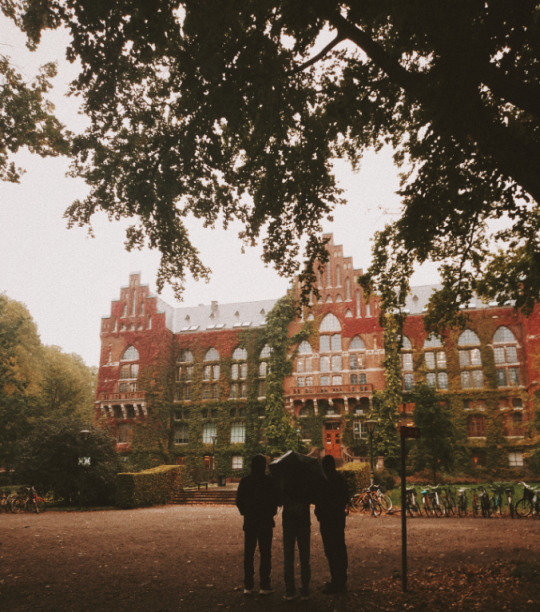
Lund University, Sweden, 2023
#dark academia#dark academism#dark academia aesthetic#books and libraries#quote#life quotes#grey academia#academia#harvard#oxford#lund#lunduniversity#universitylife#university#sweden#norway#skam#brown#cambridge#the secret history#if we were villains#light academia#light acadamia aesthetic#dead poet society
246 notes
·
View notes
Photo

6.4.23 | hitting up the cambridge history library
discovered humanities libraries. they’re absolutely massive compared to science libraries!!!! i’m hiking up to sidgewick site more often for sure
#studyblr#mid-afternoon-studies#cambridge#university of cambridge#cambridge university#studygram#studytube#studyspo#study space#library#study aesthetic
345 notes
·
View notes
Text
gosh i love getting into arthuriana (and medievalism in general.) it's just becoming obsessed with a new obscure manuscript containing a unique form of a work, finding out it isn't digitised or available in facsimile anywhere, then moving on to the next one.
what bliss.
#arthuriana#i am vaguing about yet another manuscript#college of arms arundel 22#my current white whale#and to a lesser extent cambridge university library Ff.3.11#tho at least that one has a complete edition i can read#medievalism#medieval manuscripts#honestly it wouldn't be so bad if all of the university libraries in this city weren't devoid of nice microfilm collections#i'm pretty sure most of the stuff i've been disappointed at not being able to find is available in microform in many places#just not in australia really#apparently
36 notes
·
View notes
Text




Friday study session between Galileo's notebook and the mighty Gutenberg bible at Yale's Beinecke Library, the only one I hadn't visited on campus.
#ivy league#light academia#dark academia#yale university#darkacademia#newyork#art#library#books & libraries#bookshelf#history#histoire#academia#darkestacademia#fall aesthetic#winter#aesthetic#harvard#cambridge university
125 notes
·
View notes
Text

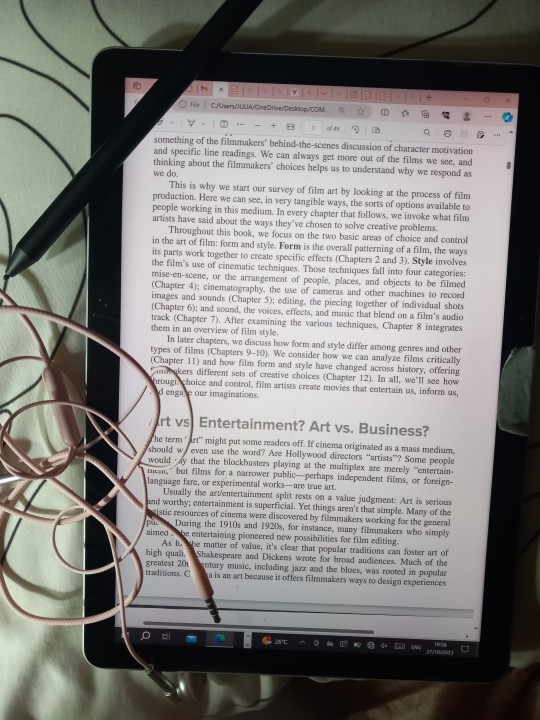
20/03/24
The migraine is stronger than ever I can't focus
#academia aesthetic#chaotic academia#classic academia#dark acadamia aesthetic#dark academism#old aesthetic#romantic academia#soft academia#books & libraries#light academia moodboard#university#harvard#yale#yale university#harvard university#university of cambridge#film#film photography#filmedit#film studies#film student
11 notes
·
View notes
Text

It's always a good day to add a brand-new book about Lyndon Johnson to the LBJ section of my personal library -- a section which might eventually just require building a new wing to my home in order to fit my LBJ collection!
Thanks to the wonderful folks at the Cambridge University Press for sending me an advance copy of LBJ's America: The Life and Legacies of Lyndon Baines Johnson (BOOK | KINDLE). LBJ's America is a collection of essays from many prominent historians about President Johnson, his life, his times, and the legacy he left behind. The essays featured in the book were selected and edited by historians Mark Atwood Lawrence, the current director of the LBJ Presidential Library at the University of Texas in Austin, and Mark K. Updegrove, who was director of the LBJ Library from 2009 to 2017 and has been President and CEO of the LBJ Foundation since 2017. It would be difficult to find two contemporary historians better equipped to help tell Lyndon Johnson's story today.
I just received my copy of LBJ's America late this afternoon, but you can be sure that I've already jumped into the book without hesitation. And since the book features essays by an impressive lineup of historians including Peniel E. Joseph, Julian Zelizer, Joshua Zeitz, Nicole Hemmer, Melody Barnes, and Fredrik Logevall -- among others -- each chapter of LBJ's America is an excellent window into President Johnson and the triumphs and failures of his Administration as he actively sought to make the most of his unexpected opportunity to be the most powerful person in the world and actually accomplish goals which truly changed people's lives. After all, as LBJ once said when asked why he was trying to achieve things that were seemingly impossible politically, "What the hell is the Presidency for?".
I'm not completely finished reading the book yet, but even after just a few hours of progress, I can strongly recommend LBJ's America: The Life and Legacies of Lyndon Baines Johnson (BOOK | KINDLE). Pre-order it now wherever you buy books and you can get your copy of LBJ's America as soon as it is released on October 19th!
#History#Books#Lyndon B. Johnson#LBJ#Lyndon Baines Johnson#Lyndon Johnson#President Johnson#LBJ's America#LBJ's America: The Life and Legacies of Lyndon Baines Johnson#Book Suggestions#Book Recommendations#Book Reviews#Books About Presidents#Cambridge University Press#The Johnson Treatment#Mark Atwood Lawrence#Mark K. Updegrove#LBJ Library#LBJ Foundation#Lyndon B. Johnson Presidential Library#Politics#Political History#Johnson Administration#LBJ Books#Books About LBJ
10 notes
·
View notes
Text

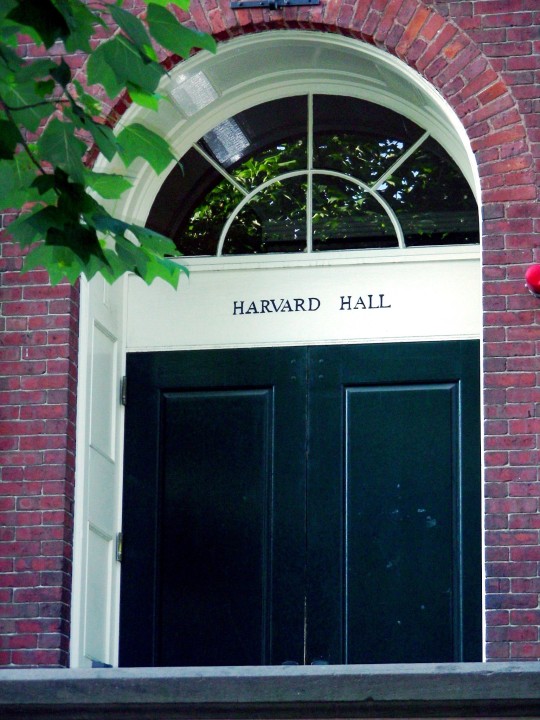



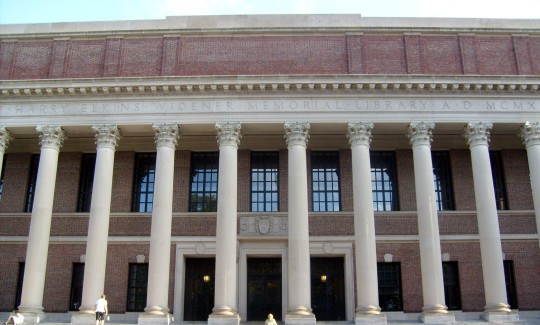
The Harvard University in Cambridge was founded on October 28, 1636.
#Harvard University#founded#28 October 1636#anniversary#US history#USA#Cambridge#Massachusetts#New England#architecture#travel#vacation#exterior#cityscape#tourist attraction#landmark#summer 2009#original photography#Harvard Hall#Widener Library#Memorial Church#John Harvard Statue#sculpture
6 notes
·
View notes
Text
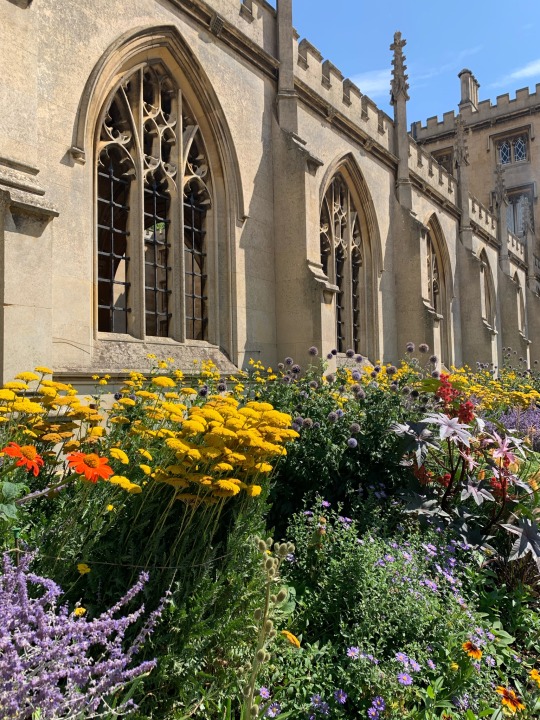
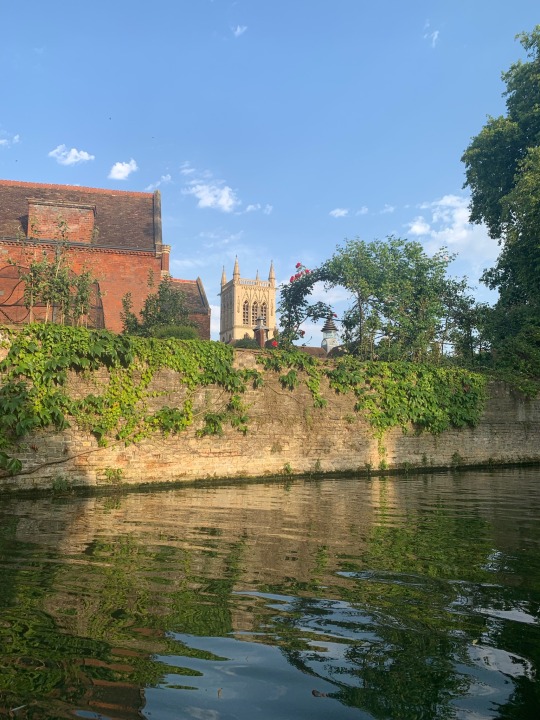


🪷Cambridge, summer 2022
🪷photos taken by me
#cambridge#university#dark academia aesthetic#aesthetic#summer#light academia#academic#holidays#cottagecore#oxford#oxbridge#academia#travel#books and libraries#chaotic academia#literature#art#england#dark academia#dead poets society#donna tartt#if we were villains#coffee#the secret history#studyblr#bookworm#mine#shakespeare#studygram#jane austen
67 notes
·
View notes
Text
LONDON

#london#britain#united kingdom#british art#great britain#dark academia#times#people#buildings#aesthetic#wallpapers#brown wallpaper#art#museum#university of cambridge#england#books#books & libraries#piano music#Spotify#pigeon#dogs#dark acadamia aesthetic#dark academy#so long london#taylor swift
8 notes
·
View notes
Photo
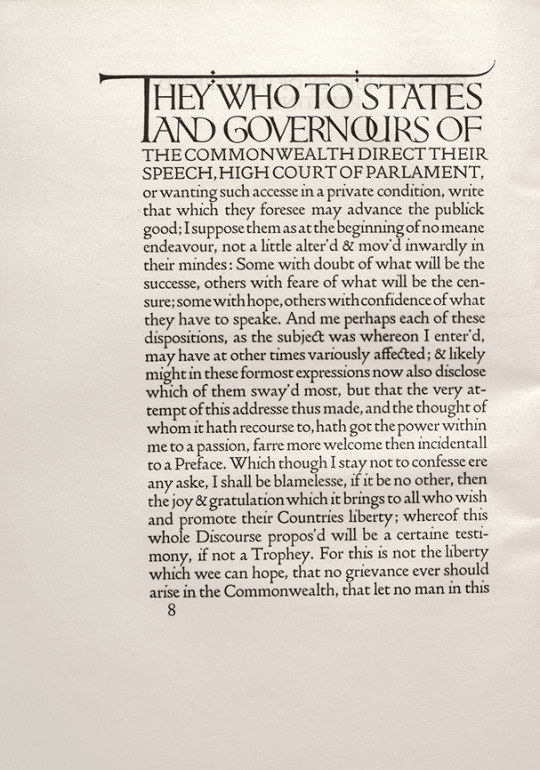
John Milton, (1644), Areopagitica; a speech of Mr. John Milton for the liberty of unlicenc'd printing, to the Parlament of England, Doves Press, Hammersmith, 1907, Edition of 325 (1918 Cambridge University Press edition pdf here) [Tarlton Law Library at The University of Texas School of Law, Austin, TX]
#graphic design#typography#pamphlet#john milton#doves press#cambridge university press#tarlton law library#1640s#1900s#1910s
22 notes
·
View notes
Text

Print - "Faculty of Divinity Library, University of Cambridge."
#building#Edward Cullinan Architects#Faculty of Divinity Library#Divinity Library#line drawing#pen and ink#University of Cambridge#art print#architectural illustration
2 notes
·
View notes